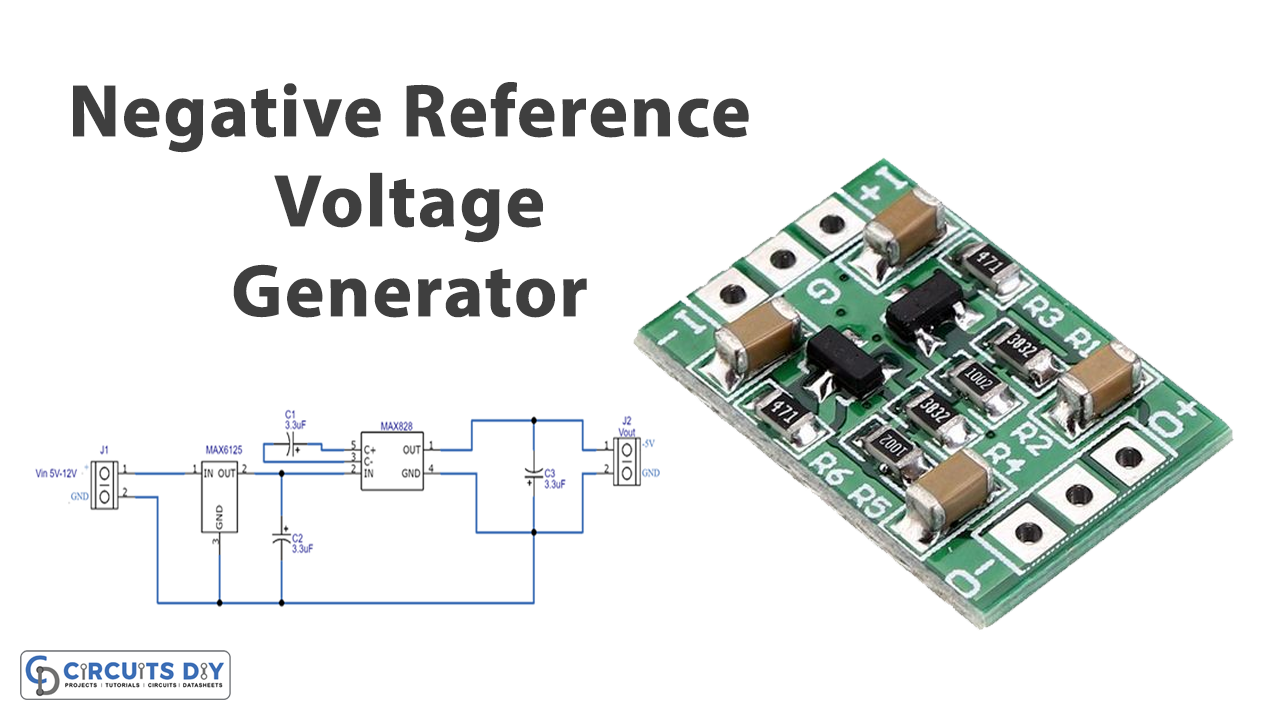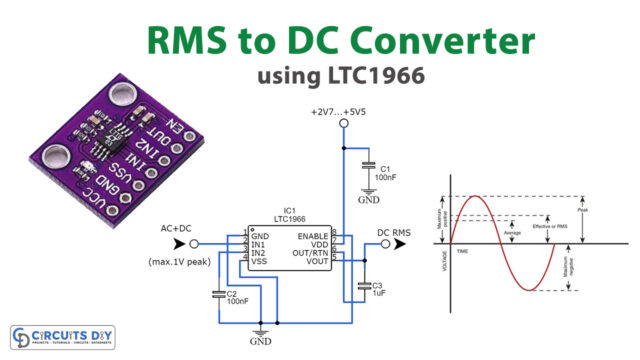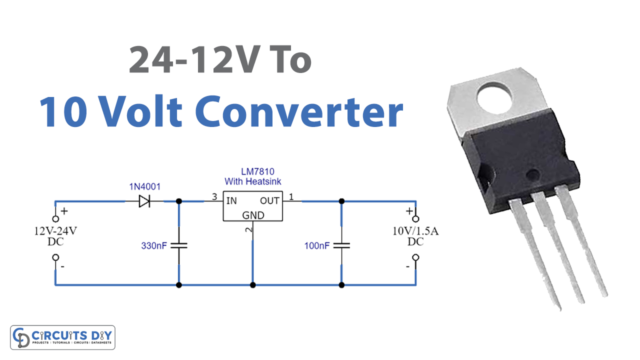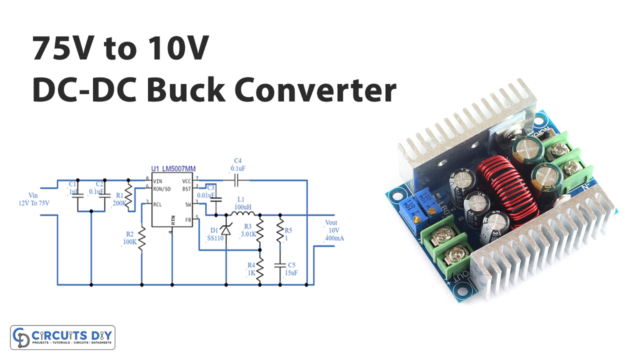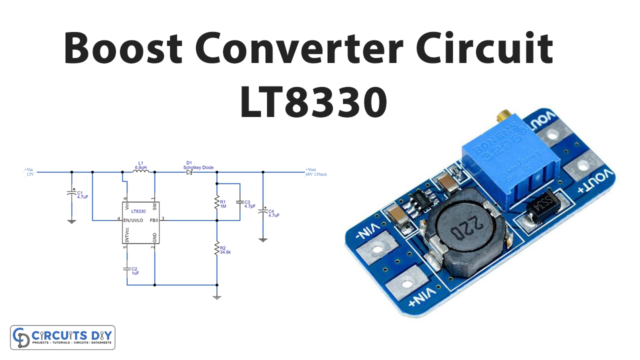In this tutorial, we are going to Make a “Negative Reference Voltage Generator”. But before making the circuit it is important to understand it. A voltage reference is a device that produces a constant voltage regardless of the loading on the device. So, What is the reference voltage used for? A voltage reference device specifically worked to maintain a constant output voltage. As you know that voltage is the measurement of the potential difference between the two points. And of those two points, one point has a higher potential and the other one has a lower potential. Negative voltage means negative potential difference.
Hardware Required
| S.no | Component | Value | Qty |
|---|---|---|---|
| 1. | IC | MAX6125, MAX828 | 1 |
| 2. | 2-Pin Connector | – | 2 |
| 3. | Electrolytic Capacitor | 3.3µF | 3 |
Circuit Diagram
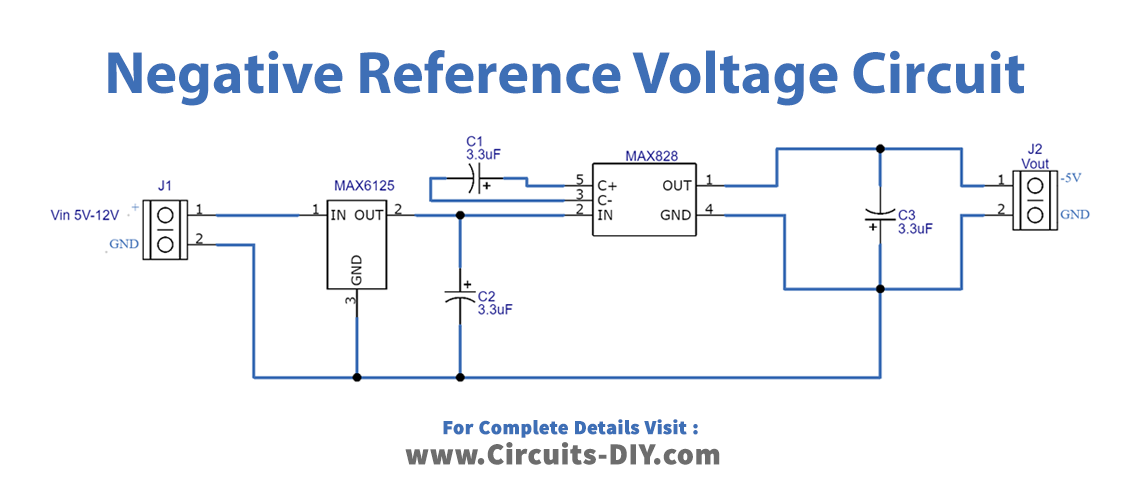
Working Explanation
In this Negative Reference Voltage Generator, we haven’t used any variable resistor and which helps us take up less space. The IC MAX6125 first provides the voltage reference. We then give the output of this IC to the input pin of the second IC connected to the circuit. As a result, we get the -5V output as the negative voltage, Depending on the input power.
Application and Uses
- General electronic circuits which require low power cannot work with negative voltage power sources.
- In some applications there is more metal corrosion in positive voltage, in that case, we can employ it.
- A negative voltage is also better for long telephone lines.
- In some devices, there are chances that thundering may induce a positive voltage in the equipment circuit. The negative voltage has a lack of electrons, it neutralizes the positive charge which is causing heat. Hence it helps to avoid producing heat in those circuits.


